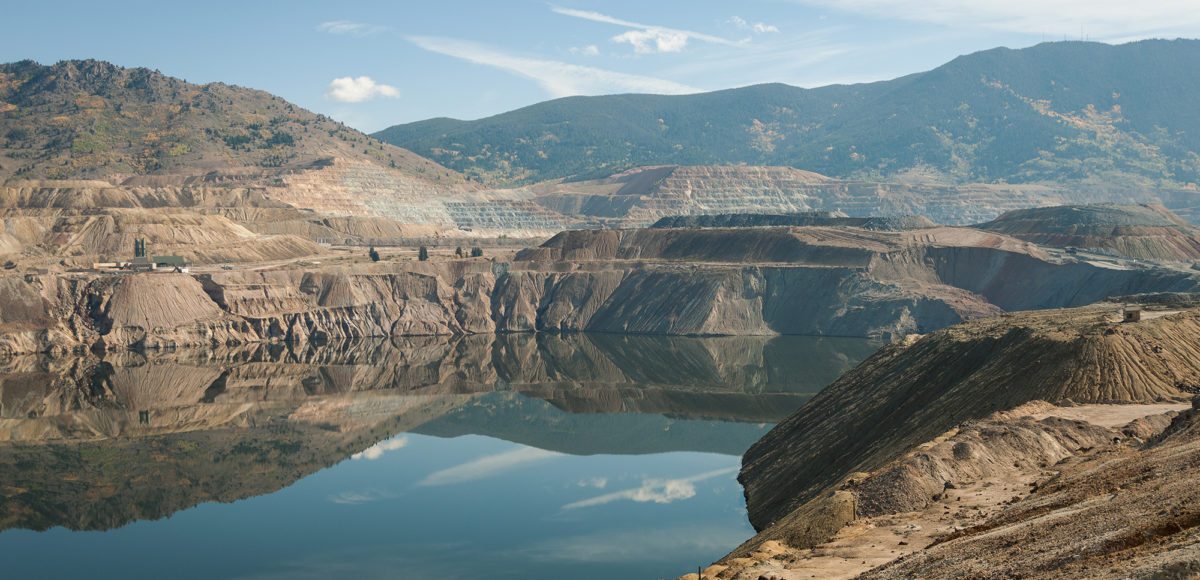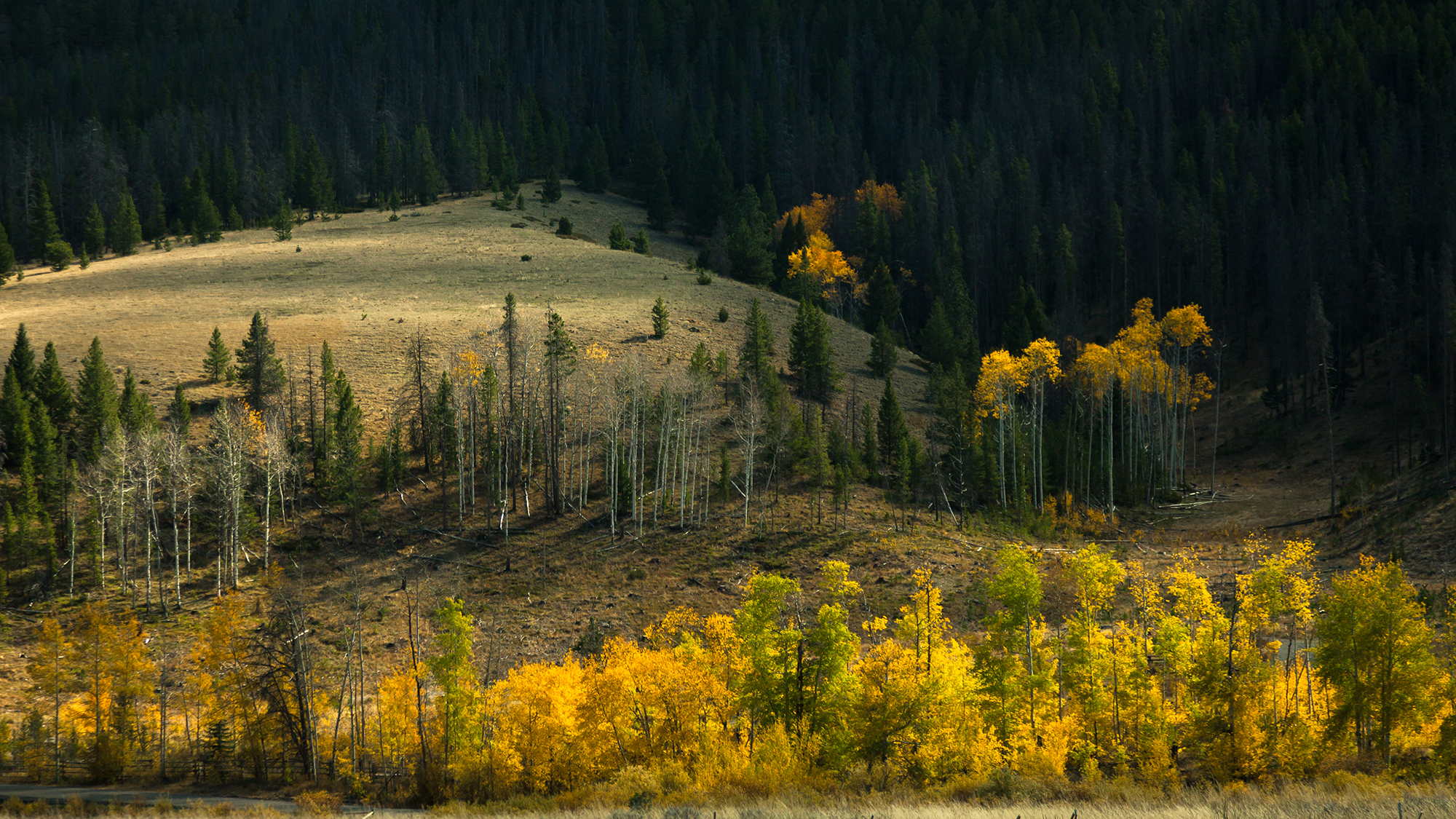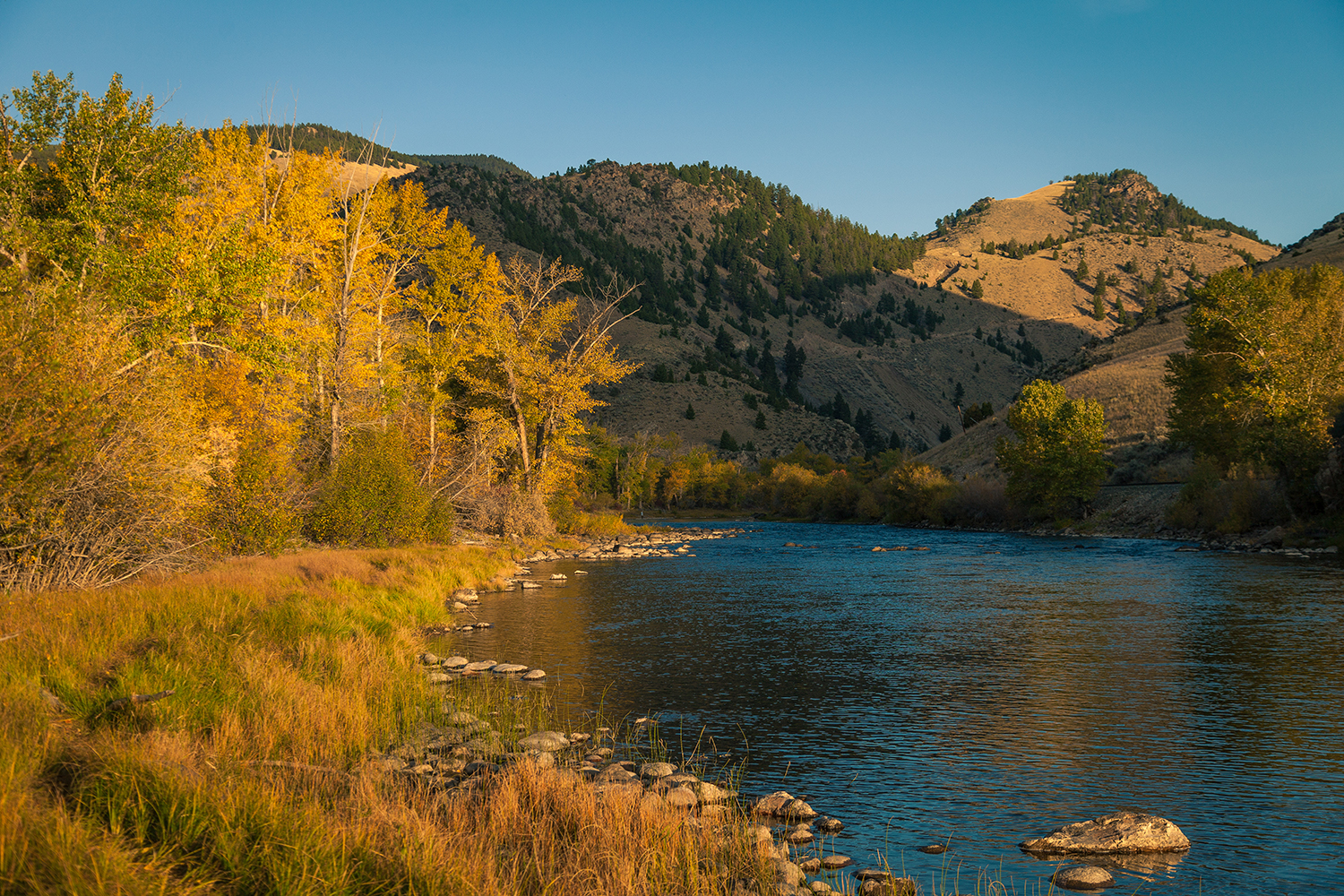For the last week or so I’ve been traveling around southwestern Montana. I’ve been based out of Helena, returning every few days to catch up on work, emails, and editing, but mostly I’ve had a lot of time in the field, spending time in some of my favorite rivers in the region.
A couple hours south of Helena are the Big Hole and Beaverhead Rivers near Dillon, MT. These two rivers are famous for lots of trout, and really large trout. A few of the local old-timers that grew up around the rivers told me that they noticed a significant change in the fishing after the release of the acclaimed film, “A River Runs Through It” in the 90’s. After the release of the film, the pressure on the rivers in Western Montana picked up and the fishing changed. Recently, drier winters, hotter summers, and increased demand for water have also impacted the fishery. For all of these reasons, I really prefer to fish the state’s more famous rivers in the fall. The weather is cooler, there are far fewer anglers on the water, the water levels have generally increased over low summer flows, and the brown trout are more aggressive before they spawn. If you have the flexibility to try a trip after August, I highly recommend it.
My timing for the Beaverhead was not the best, but when fall storms stir up the water in the lakes above the river where you plan to fish, sometimes you just have to adjust your strategy. Unfortunately, I didn’t get to fish the sections of the Beaverhead that I really like due to high flows and turbid water coming out of the dam, but it prompted me to fish different sections of the river from what I know. Just south of Dillon, there’s a publicly accessible stretch of water that the local fishing community has conducted a lot of streamside rehabilitation to improve the trout habitat. I tried this section out and can validate that the restoration work has enhanced the fishery and is paying dividends in the form of large trout very close to town. In two sessions on this section, I consistently landed trout, broke off or lost several very large fish, and released several trout pushing or exceeding the 20” mark. Fishing the water you know is always fun and generally productive, but, for me, it’s extra fun when I fish new water and still have success.
The Big Hole River is another river with heavy angling pressure through the spring and summer months, and it usually suffers from low flows and warming water at the peak of summer. The river winds through canyons and runs cool and clear in the fall, and I fished many stretches of the river without seeing another angler on foot. Besides the large, aggressive brown trout, there’s also a plentiful population of rainbow trout and some really large brook trout in certain stretches of the water. For the really, really lucky angler, native grayling can also be found in the watershed. The Big Hole is one of the more scenic rivers and I was lucky to fish it while the leaves were turning to their fall colors, making for a particularly great experience on the water. Again, I fished new water and was rewarded with big trout that haven’t seen a lot of flies recently.
Returning to Helena, I decided to make a stop in Butte, which is a mining town made famous for the hill at the head of the city known as the “richest hill on earth.” Here, the history of Montana is visible in the form of the mines and spent ore piles that cast shadows over town. One of the largest Superfund sites in the US also sits behind the towering yellow pile of ore slag towering at the edge of town. Behind the wall of old ore is a lake of acidic water known as the Berkeley Pit, heavily polluted with heavy metals leeching from the walls of the now defunct pit mine. Although mitigation efforts are underway, the potential for utter environmental disaster is prominently on display before your eyes from the public observation deck that sits above the polluted, flooded pit. It’s difficult to separate Montana’s future from its past when you observe the mining industry. Without the mines and the development that came with it, combined with the jobs and income for many communities still today, it’s nearly impossible to have one without the other.
Although my time in Montana is coming to an end as the mornings grow colder, it’s hard to leave. However, as I head back south, I’ll be passing back through Yellowstone National Park and will be taking my time through some of the amazing fishing territory in Wyoming while I head towards Colorado.
Get More Articles Like This in Your Inbox
We're constantly creating great content like this. So, why not get it delivered directly to your inbox? By subscribing you agree to our Privacy Policy but you can unsubscribe at any time.










